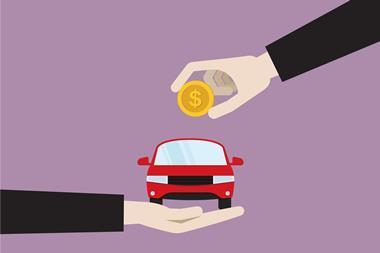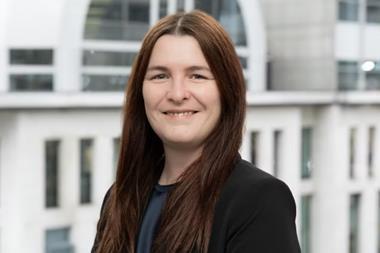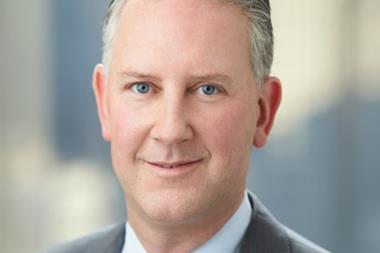The motor insurer said it was hard to predict what will happen to premiums this year due to ongoing Covid-related uncertainty
Underwriting discipline in the face of the Covid-19 threat has seemingly paid off for motor insurer Sabre as it reported a stable set of first half financial results.
The insurer recorded a 14% fall in gross written premium (GWP) in the first half of 2020 compared with the same period last year (£86.9m compared with £101.2m), but its combined operating ratio stood at a healthy 71.7%, which Sabre said was the result of a “disciplined approach to pricing in a market that had seen speculative discounting” and a “reduction in new business churn”.
Profit after tax was slightly down against the same period last year at £22.5m compared with £24.7m last year.
Sabre’s solvency coverage ratio of 178% exceeded the company’s target range of 140-160%.
Sabre chief executive Geoff Carter said ”the agility of the company’s business model” has allowed the firm to cope well with the recent turbulence caused by the Covid-19 pandemic.
He highlighted that in May, new business volumes had shrunk as the market was ”in the eye of the storm as lockdown continued”, but since then conditions have shown an improvement, with new business quotes up to 2019 levels as lockdown restrictions have eased.
Looking ahead, Sabre said it expects the business to remain profitable and capital generative; its capital solvency had been stress-tested against scenarios including an extreme suppression of premium income.
The group has continued to be fully operational during the lockdown period, it said, with ”minimal changes in its processes and controls”. Teams were able to effectively work from home with no changes in structure or reporting lines. Staff have begun to return to its offices, Sabre added.
On counterparty risk, Sabre said it had thusfar ”not noticed any deterioration in the recoverability of broker debt as an impact of Covid-19”. It has also put in measures to assist vulnerable customers who are struggling to pay premiums.
The full-year premium positions remained hard to predict, the insurer added, citing several factors causing uncertainty:
- The speed of the recovery of car sales and how sustainable the recovery would be.
- The number of new motorists coming to the market.
- Competitor pricing actions.
- The impact of future lockdowns.
It also cited uncertainty on claims costs, such as:
- The impact on bodyshop and supply chains as claims volumes increase.
- Drivers being off the road for a considerable period of time.
- More cyclists on the road leading to a greater number of bodily injury claims.
- Higher repair and hire costs due to increased cleaning measures.
- A greater potential for fraudulent and exaggerated claims.
But Carter added that he did not believe the ”underlying drivers of cost and claims inflation have changed during this period, even if 2020 is likely to benefit from reduced claims frequency which may disguise the true position”.
He added that it was important to now re-focus on the outcome of a disorderly exit from the Brexit transisiton period, which could inflate care and nursing costs, as well as the costs of replacement parts.

Hosted by comedian and actor Tom Allen, 34 Gold, 23 Silver and 22 Bronze awards were handed out across an amazing 34 categories recognising brilliance and innovation right across the breadth of UK general insurance.




















































No comments yet